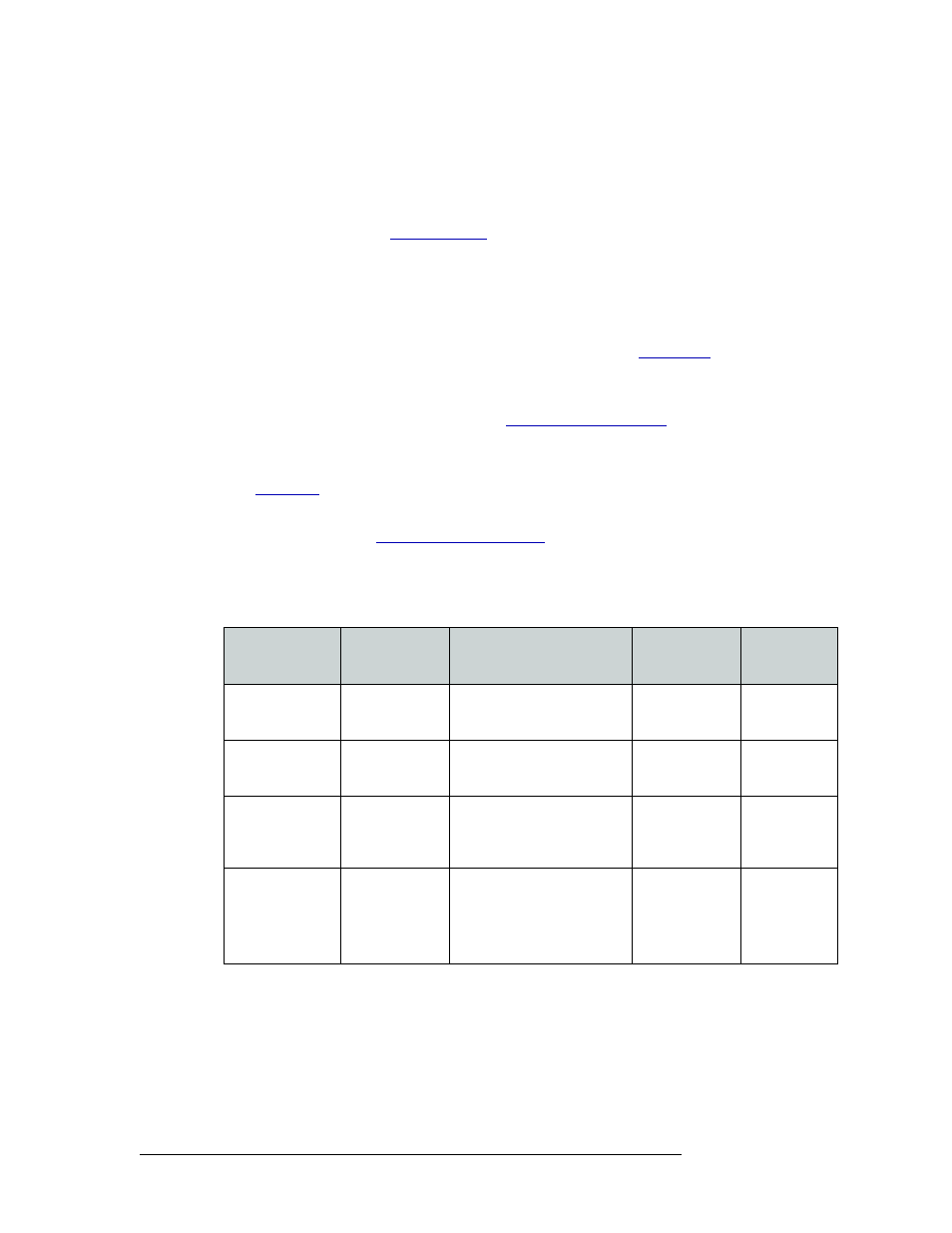Status reporting, Output cards, Introduction – Grass Valley NV7512 v.1.3 User Manual
Page 36

26
Rev 1.3 • 10 Oct 08
1. Introduction
Active Cards
Status Reporting
The crosspoint card includes a status reporting circuit. Five LEDs on the front of the crosspoint
card indicate the card’s status: alarm (Red), power good (Green), software loaded (Amber), good
communication with the control card (Green) and bad communication with the control card (Red).
For more information, see
Output Cards
The router frame can house up to 16 output cards, each processing up to 32 signals, depending on
the card. Output cards receive signals from the crosspoint card (via the motherboard) and feed out-
puts to I/O connectors housed on backplanes for distribution. (See
There are four types of output cards, each supporting different signal formats. Different output
cards can be inter-mixed in a single frame to meet specific switching configuration needs. For more
information on switching configurations, see
In addition to standard output cards, there is a Quad Mix output card. This card can manage AES
synchronous unbalanced and analog signals, and can be installed in place of any other output card.
(See
Analog and AES synchronous signals may be converted between analog and digital within the
same router frame. (See
on page 5.) Analog or AES synchronous sig-
nals may be routed as stereo (2 channels) or mono (1 channel) signals.
The following is a list of the different output cards available. Each card is listed by the type of sig-
nal it manages. For your convenience, the part number for each card has been included.
Output cards process outgoing signals. The functions of each type of output card are described in
the proceeding sections. Cards are listed by signal type.
Output Card
Number of
Inputs from
XPT Card
Number of Outputs
Sample Rates
for Output
Part
Number
AES synchronous
balanced and
unbalanced
64 mono
32 stereo
64 mono
48
kHz
96
kHz
192kHz
EM0489
MADI
synchronous
unbalanced
64 mono
2 streams
2 AES reference outputs,
timed to the output audio data.
48
kHz
96
kHz
EM0477
Analog
32 mono
16 stereo
32 mono
Converts internal digital
format to analog output.
N/A
EM0589
Quad Mix
Up to 64 mono
AES unbalanced: 4 stereo, 8
mono
Analog: 4 stereo, 8 mono.
Converts internal digital
format to analog output.
AES: 48
kHz
EM0511